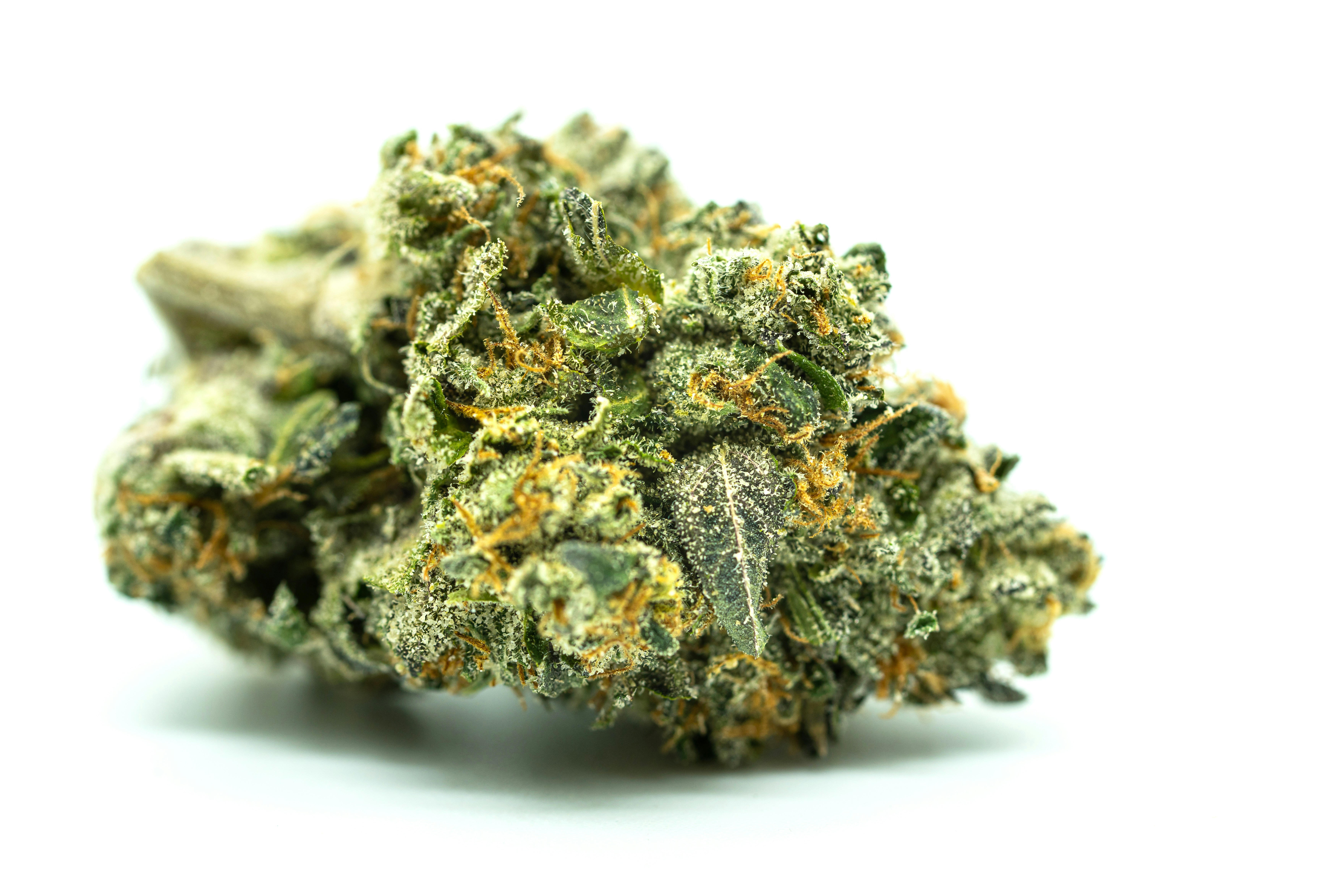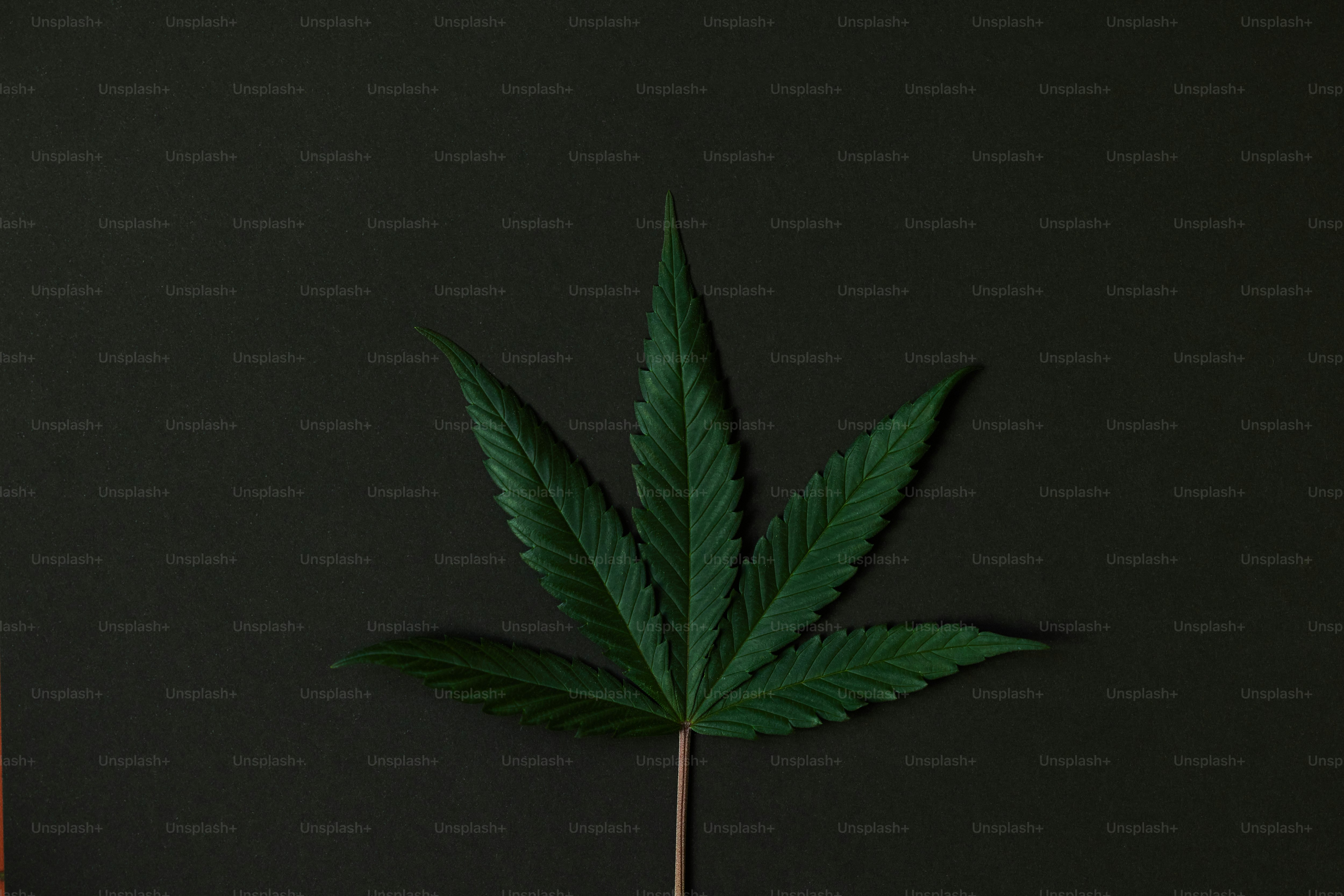Hash has seen a relative decrease in popularity following changes in laws that have indirectly allowed for the development and increased availability of cannabis extracts that are more potent than traditional hashish, although regional differences in product preferences exist Like many recreational drugs, multiple synonyms and alternative names for hashish exist, and vary greatly depending on the country and native language. Hashish is a cannabis concentrate product composed of compressed or purified preparations of stalked resin glands, called trichomes, from the plant. It is defined by the 1961 UN Single Convention on Narcotic Drugs (Schedule I and IV) as “the separated resin, whether crude or purified, obtained from the cannabis plant”. The resin contains ingredients such as tetrahydrocannabinol (THC) and other cannabinoids—but often in higher concentrations than the unsifted or unprocessed cannabis flower. Purities of confiscated hashish in Europe (2011) range between 3% and 15%. Between 2000 and 2005, the percentage of hashish in cannabis end product seizures was at 18%. With the strength of unprocessed cannabis flowers having increased greatly in recent years—with flowers containing upwards of 25% THC by weight—the strength of hashish produced today and in the future is likely to be far more potent than in these older records.
 The consistency and appearance of hashish vary depending on the process and amount of leftover plant material (e.g. chlorophyll). It is typically solid, though its consistency ranges from brittle to malleable. It is most commonly light or dark brown in color, though may appear transparent, yellow, black, or red. Hashish has been consumed for many centuries, though there is no clear evidence as to its first appearance. North India and Nepal have a long social tradition in the production of hashish, known locally as charas. The first attestation of the term “hashish” is in a pamphlet published in Cairo in 1123 CE, accusing Nizari Muslims of being “hashish-eaters”. The cult of Nizari militants which emerged after the fall of the Fatimid Caliphate is commonly called the sect of the Assassins—a corruption of hashishin, Persian for “hashish-smokers.” The 13th-century jurist Ibn Taymiyyah prohibited the use of hashish; he mentioned that it was introduced to Levant with the Mongol invasion (throughout the 13th century). Smoking did not become common in the Old World until after the introduction of tobacco; until the 1500s, hashish was consumed as an edible in the Muslim world.
The consistency and appearance of hashish vary depending on the process and amount of leftover plant material (e.g. chlorophyll). It is typically solid, though its consistency ranges from brittle to malleable. It is most commonly light or dark brown in color, though may appear transparent, yellow, black, or red. Hashish has been consumed for many centuries, though there is no clear evidence as to its first appearance. North India and Nepal have a long social tradition in the production of hashish, known locally as charas. The first attestation of the term “hashish” is in a pamphlet published in Cairo in 1123 CE, accusing Nizari Muslims of being “hashish-eaters”. The cult of Nizari militants which emerged after the fall of the Fatimid Caliphate is commonly called the sect of the Assassins—a corruption of hashishin, Persian for “hashish-smokers.” The 13th-century jurist Ibn Taymiyyah prohibited the use of hashish; he mentioned that it was introduced to Levant with the Mongol invasion (throughout the 13th century). Smoking did not become common in the Old World until after the introduction of tobacco; until the 1500s, hashish was consumed as an edible in the Muslim world.
In 1596, Dutchman Jan Huyghen van Linschoten spent three pages on “Bangue” (bhang) in his historic work documenting his journeys in the East. He particularly mentioned the Egyptian hashish. He said, “Bangue is likewise much used in Turkie and Egypt, and is made in three sorts, having also three names. The first by the Egyptians is called Assis (Hashish (Arab.)), which is the poulder of Hemp, or of Hemp leaves, which is water made in paste or dough, they would eat five pieces, (each) as big as a Chestnut (or larger); This is used by the common people, because it is of a small price, and it is no wonder, that such vertue proceedeth from the Hempe, for that according to Galens opinion, Hempe excessively filleth the head.
 Hashish arrived in Europe from the East during the 18th century, and is first mentioned scientifically by Gmelin in 1777. The Napoleonic campaigns introduced French troops to hashish in Egypt and the first description of its useful stems was in 1830 by pharmacist and botanist Theodor Friedrich Ludwig Nees von Esenbeck. Comprehensive study of Himalayan hemp, which was recognised by the European school of medicine and describes hashish as relief for cramps and causing the disappearance of certain symptoms from afflictions such as rabies, cholera, and tetanus. This led to high hopes in the medical community. In 1840, Louis Aubert-Roche reported his successful use of hashish against pestilence. Also psychiatric experiments with hashish were done at the same time with Jacques-Joseph Moreau being convinced that it is the supreme medicament for use in psychiatry.
Hashish arrived in Europe from the East during the 18th century, and is first mentioned scientifically by Gmelin in 1777. The Napoleonic campaigns introduced French troops to hashish in Egypt and the first description of its useful stems was in 1830 by pharmacist and botanist Theodor Friedrich Ludwig Nees von Esenbeck. Comprehensive study of Himalayan hemp, which was recognised by the European school of medicine and describes hashish as relief for cramps and causing the disappearance of certain symptoms from afflictions such as rabies, cholera, and tetanus. This led to high hopes in the medical community. In 1840, Louis Aubert-Roche reported his successful use of hashish against pestilence. Also psychiatric experiments with hashish were done at the same time with Jacques-Joseph Moreau being convinced that it is the supreme medicament for use in psychiatry.
 If you liked this article and you would like to obtain additional details concerning Moroccan Hash kindly go to our web site.
If you liked this article and you would like to obtain additional details concerning Moroccan Hash kindly go to our web site.



